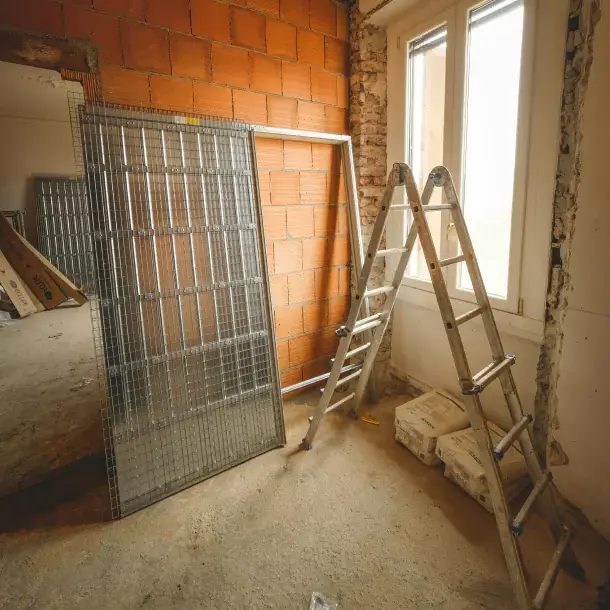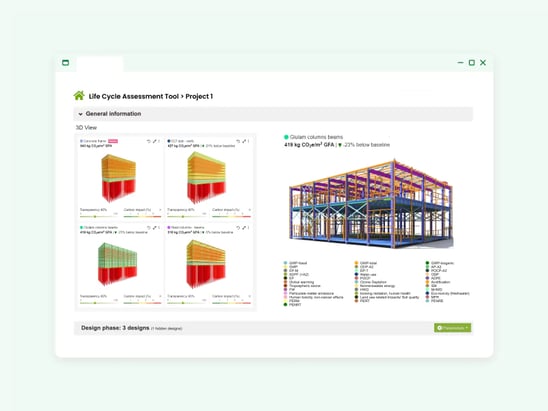REPORT
Refurbishment vs demolition & new build — policy outline for cities
Learn how refurbishing buildings can reduce embodied carbon emissions compared to demolition and new construction. This report from CNCA and One Click LCA provides technical guidance for cities.

About the guide — refurbishment vs demolition & new build
This guide, written by the Carbon Neutral Cities Alliance (CNCA) and One Click LCA, provides cities with actionable steps to reduce embodied carbon emissions and move toward carbon neutrality. It has been produced as part of the CNCA project “Dramatically Reducing Embodied Carbon in Europe,” funded by the Laudes Foundation and Built by Nature.

Why is this important?
Global emissions from buildings and infrastructure are nearly 57%. By focusing on refurbishment over demolition, cities can significantly lower embodied carbon emissions and support carbon neutrality goals.

Report highlights
- Policy outline: Detailed steps including refurbishment feasibility study, LCA and LCC study, application for demolition, and enforcement.
- Assessment methodology: Clear guidelines on scope and boundaries, data selection, and operational energy impacts.
- Example policy: practical implementation examples.
- Refurbishment case studies: Real-world applications from London South Bank University and HYLO in Islington.

Refurbishment vs demolition — key takeaways
- Environmental impact: Refurbishment generally offers lower embodied carbon than new builds, contributing to sustainability goals.
- Policy implementation: Cities can enforce or incentivize such policies, gradually expanding their scope.
- Economic considerations: Socio-economic impacts and costs must be balanced with environmental benefits in policy decisions.


Refurbishment vs demolition — reduce carbon emissions
Learn more about One Click LCA software and how it can support your refurbishment projects.